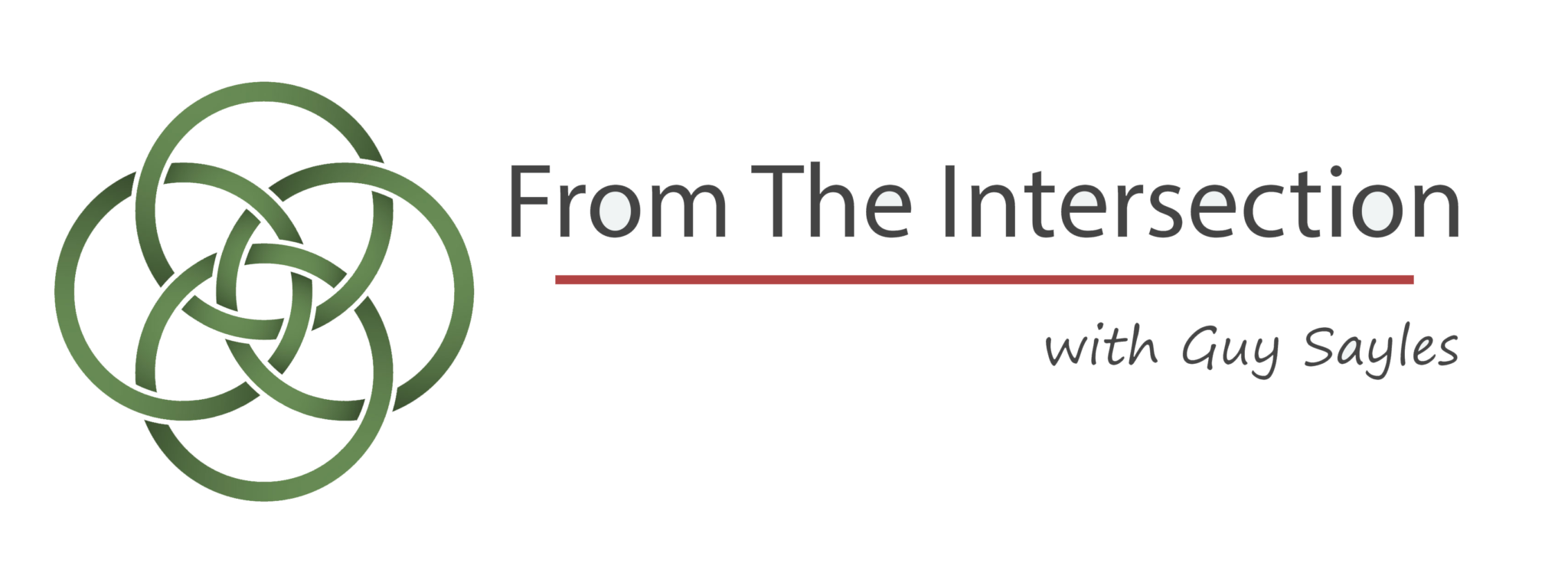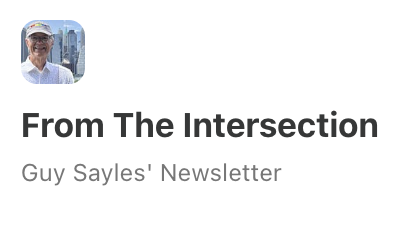My father believed the old
proverb “Idle hands are the devil’s workshop.”
He didn’t like to see me sitting still, unless it was at the dinner
table or in church. Otherwise, he wanted me to be
doing something constructive. If he
didn’t think I was busy enough, he would ask: “Son, what are you doing standing there with
your elbow halfway up your arm?”
That part about my elbow
was nonsensical, of course. As a young
boy, I wondered if he thought my elbow should be somewhere else! As I got older, though, I understood that the
location of my elbow wasn’t what he was concerned about; it was what I was
doing with my arms and hands. He wanted my hands to be busy—to be working. Hardly a week goes by that I don’t hear his
voice in my head: “Son, what are you doing, standing there with your elbow
halfway up your arm?”
was nonsensical, of course. As a young
boy, I wondered if he thought my elbow should be somewhere else! As I got older, though, I understood that the
location of my elbow wasn’t what he was concerned about; it was what I was
doing with my arms and hands. He wanted my hands to be busy—to be working. Hardly a week goes by that I don’t hear his
voice in my head: “Son, what are you doing, standing there with your elbow
halfway up your arm?”
It’s a lesson I learned
well. Sometimes, in fact, I think I
might have overlearned it. It’s hard for
me to press the pause button, much
less the stop button, on my life; and
it has been far too easy to think of myself more as a human “doing” than as a
human “being.”
well. Sometimes, in fact, I think I
might have overlearned it. It’s hard for
me to press the pause button, much
less the stop button, on my life; and
it has been far too easy to think of myself more as a human “doing” than as a
human “being.”
But, I know that it isn’t
really possible to separate being
from doing. I am with Aristotle more than Plato on the
relationship between the ideal and the
actual–between being and doing. Doing expresses being. Doing shapes being. Being inspires doing; being guides
doing. They are inseparable. We do who we are; we are what we do. We practice in order to become; we become
what we practice. So, what we do and
don’t do really matters—it matters for who we are, for who we become, for the
people around us, and for the world.
really possible to separate being
from doing. I am with Aristotle more than Plato on the
relationship between the ideal and the
actual–between being and doing. Doing expresses being. Doing shapes being. Being inspires doing; being guides
doing. They are inseparable. We do who we are; we are what we do. We practice in order to become; we become
what we practice. So, what we do and
don’t do really matters—it matters for who we are, for who we become, for the
people around us, and for the world.
So my Dad’s question stays
with me: “Son, what are you doing?”
Poet Mary Oliver asks me the same question; here in midwinter, I remind
you of the very familiar lines from the last half of her poem “The Summer Day”:
with me: “Son, what are you doing?”
Poet Mary Oliver asks me the same question; here in midwinter, I remind
you of the very familiar lines from the last half of her poem “The Summer Day”:
.
. . I don’t know exactly what a prayer
is.
. . I don’t know exactly what a prayer
is.
I
do know how to pay attention, how to fall down
do know how to pay attention, how to fall down
into
the grass, how to kneel down in the grass,
the grass, how to kneel down in the grass,
how
to be idle and blessed, how to stroll through the fields,
to be idle and blessed, how to stroll through the fields,
which
is what I have been doing all day.
is what I have been doing all day.
Tell
me, what else should I have done?
me, what else should I have done?
Doesn’t
everything die at last, and too soon?
everything die at last, and too soon?
Tell
me, what is it you plan to do
me, what is it you plan to do
with
your one wild and precious life?
your one wild and precious life?
Whatever it is we tell
ourselves we are doing—whatever it is we say we plan to do—what we are actually
doing is whatever we are doing with our moments, minutes, hours and days as we
live them. We’re becoming what we
practice. What we do here and now both
makes and shows who we are. Annie
Dillard was right when she said, in The
Writing Life: “How we spend our days is, of course, how we spend our
lives. What we do with this hour, and that one, is what we are doing.”
ourselves we are doing—whatever it is we say we plan to do—what we are actually
doing is whatever we are doing with our moments, minutes, hours and days as we
live them. We’re becoming what we
practice. What we do here and now both
makes and shows who we are. Annie
Dillard was right when she said, in The
Writing Life: “How we spend our days is, of course, how we spend our
lives. What we do with this hour, and that one, is what we are doing.”
What I hope to do is
to let God’s healing and restoring dream
for the world determine what I do with my life, moment by moment, hour by hour,
day by day. I want aspiration to become
action, inspiration to become initiative, and dreams to become deeds. I want to allow God’s hopes for the world to influence
decisively what I do with my time, energy, talents and money; to align my goals
with God’s agenda; and to sync-up my plans with God’s purposes. I have a long way to go and a lot to do; but I
am learning that the journey is part of the dream.
to let God’s healing and restoring dream
for the world determine what I do with my life, moment by moment, hour by hour,
day by day. I want aspiration to become
action, inspiration to become initiative, and dreams to become deeds. I want to allow God’s hopes for the world to influence
decisively what I do with my time, energy, talents and money; to align my goals
with God’s agenda; and to sync-up my plans with God’s purposes. I have a long way to go and a lot to do; but I
am learning that the journey is part of the dream.
Discover more from From The Intersection
Subscribe to get the latest posts sent to your email.


Recent Comments